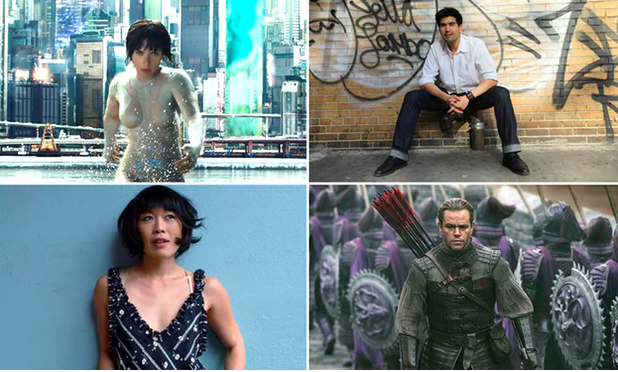
Film is one of the most popular forms of media. Directors make movies to convey certain messages, and actors choose their movies based on their beliefs and what they want to tell the world. Films can greatly influence a viewer’s opinions on certain topics, so directors can often have goals to sway viewers’ beliefs. While a film can be helpful in getting a message out, if the message is harmful, then the film itself can be harmful as well. One prominent example of harmful messages throughout movie history is racial stereotyping. During the early 20th century, most films portrayed people of color (usually blacks or Asians) as negative, stereotyped characters.

One example of a movie with negative stereotypes is Breakfast at Tiffany’s. While now considered a Hollywood classic, the 1961 film also has controversy surrounding it. The film details the life of Holly Golightly, played by Audrey Hepburn. One character, Mr. Yunioshi, Holly Golightly’s Japanese neighbor, perpetuates severe Asian stereotypes. Mr.Yunioshi is played by Mickey Rooney, a white actor in yellowface. Rooney wore excessive makeup and prosthetics to achieve this look. Furthermore, the film perpetuates harmful stereotypes, such as Asians having small eyes, large teeth, and exaggerated accents. While the director and producer of the film have both stated that they regret the choice, the damage was already done. Perpetuating this stereotype is unhealthy for society, and it is unhealthy to feed people these stereotypes rather than educating them.
Another example of harmful, offensive stereotypes against Asians in movies is the 1984 teen classic, Sixteen Candles. In the film, minor character Long Duk Dong is a Chinese foreign exchange student but played by Japanese-American actor Gedde Watanabe. The character speaks with an exaggerated accent, is shown to be completely in awe of American traditions, and speaks broken English. Furthermore, a gong sound plays every time the character appears onscreen. Watanabe revealed that he had no idea about the sound and the producers have since apologized.
Other examples of Asian stereotypes include Asians being the “geeky students” (as shown in the film ), or being shown as the “wise mentors” (shown in The Karate Kid), or often times, the “martial arts masters” (shown in many movies, again, like Karate Kid). A more recent example of Asian stereotypes in movies is Rogue One: A Star Wars Story. In the movie, there is a character named Chirrut Imwe, played by Hong Kong actor Donnie Yen. Chirrut Imwe fulfills many film stereotypes, such as being the wise mentor for the group and being good at martial arts (fighting with a staff). The perpetuation of these stereotypes is harmful to Asians everywhere, as they are unfairly stereotyped against. Even though this stereotype seems positive, it is still unhealthy to force a certain image on a group of people.
Stereotypes are not the only harmful thing a movie can have. The concept of “whitewashing”, or having white characters play roles that are traditionally meant for people of color, has been around for many years. Animated movies, especially, are guilty of this. One such film is Kung Fu Panda, which is set in China but the main character is voiced by a white man. Another example of whitewashing is the 2016 film Kubo and the Two Strings, set in Japan but featuring no main Japanese voice actors. This is unfair to Asian or Asian-American actors who often do not have the same chance as white actors in the movie industry.
No one should be stereotyped against, no matter what their nationality. Since Asians are a minority in Western cultures, they are harshly stereotyped more often than white people. In society today, where social justice has taken the spotlight, it is important to recognize that there are still harmful stereotypes in film today, and we must try to prevent these stereotypes in the future.